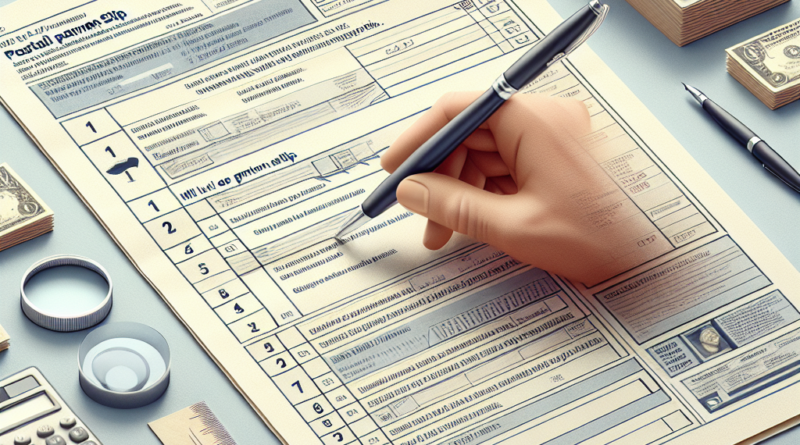How to Fill Out a Postal Bulletin Correctly
Complete Guide to Filling Out a Postal Payment Form
Have you ever had to fill out a blank payment form, perhaps anxious about making mistakes and failing to complete the transaction correctly? Knowing the rules for filling out a postal payment form is essential not only for the nature of the payment and related deadlines but also for being able to take advantage of the many different methods for making the payment, which do not necessarily involve going to the post office.
What is a Postal Payment Form and When is it Used?
The first few times you find yourself with a payment form in hand, whether it’s for paying school fees or renewing your passport, you may not know exactly how it works or how to fill out the fields correctly.
Yet, postal payments, exclusively offered by Poste Italiane, are one of the most commonly used payment and collection methods in Italy.
It is mainly used to make payments to public entities, companies, and organizations.
It is a paper form, available at post offices, that allows transferring sums of money from a payer to a beneficiary through the postal system.
The postal payment form has historical roots dating back to the early 20th century when Poste Italiane began offering payment services.
Over the years, it has become an essential payment method for many daily operations, such as bills, taxes, local duties, fines, pension contributions, school fees, and much more.
Its wide acceptance is due to the extensive network of the Italian postal service and its ease of use.
It is important to note that a payment can be made via a postal payment form only if the beneficiary (the person, association, or entity receiving the money) has a postal current account in their name.
However, not all types are the same.
Two types of postal payment forms can be found: model CH8/bis, composed of two parts – The first part of the postal payment form, called the payment receipt, remains at the post office where you go to make the payment, and the payment receipt, which remains with you as the payer.
With the model CH8/ter, composed of three parts – An additional payment receipt is added to this postal payment form, which always remains with the payer and can be given to the beneficiary to confirm that you have made the payment.
Step-by-Step Guide to Filling Out a Postal Payment Form
Filling out a postal payment form requires attention to avoid inaccuracies that could slow down or prevent the payment.
Here are the step-by-step instructions, starting with the information needed to fill out the blank form.
Information Required for Completion
Prior to proceeding with the completion, it is crucial that the payer obtains:
- Beneficiary’s postal current account number: essential for correctly identifying the payment recipient;
- Payment amount: must be expressed in both figures and words to avoid misunderstandings;
- Payment reason: indicates the purpose of the payment;
- Payer’s details: include name, surname, address, and tax code.
Fields to Be Completed
Specifically, what are the contents to be written in each field present on a postal payment form to avoid mistakes?
Here is the list of information to be entered when filling out a postal payment form:
- Recipient’s current account number (“Sul c/c n.”)
- Payment amount in numbers (in Euro)
- Payment amount in words (“amount in words”)
- Recipient (“payable to”)
- Payment reason
- Post office stamp
- Payer’s personal data (“performed by”)
Completing a postal payment form requires attention to detail and accuracy.
Following these guidelines will help ensure a successful payment transaction.




